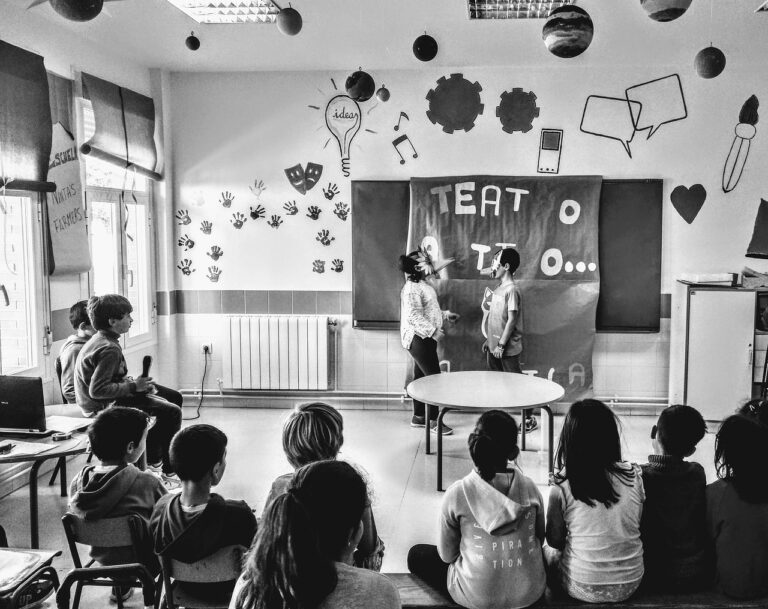Promoting Culturally Inclusive Approaches to Teaching Civics and Government
Incorporating diverse perspectives in civics education is crucial for cultivating a more inclusive and equitable learning environment. By acknowledging the varied cultural backgrounds and experiences of students, educators can help foster a deeper understanding of how government and society impact individuals differently. This approach not only enriches the educational experience but also empowers students to critically analyze political systems through a multicultural lens.
An essential aspect of culturally inclusive civics education is the promotion of empathy and open-mindedness towards differing viewpoints. Encouraging students to engage with perspectives that may challenge their own beliefs can spark meaningful discussions and promote tolerance and respect for diverse opinions. This emphasis on empathy enables students to become more informed and active citizens who are capable of navigating the complexities of a pluralistic society.
Understanding Diverse Perspectives in Government Instruction
In the realm of government instruction, it is crucial to incorporate diverse perspectives. By embracing various viewpoints, educators foster a learning environment that reflects the heterogeneity of society. This inclusivity allows students to gain a comprehensive understanding of governance, appreciating the nuances and complexities that different perspectives bring to the table.
Moreover, exposing learners to a wide range of viewpoints cultivates critical thinking skills. When students engage with diverse perspectives, they are encouraged to question, analyze, and synthesize information. This analytical process not only enhances their understanding of government concepts but also prepares them to navigate the complexities of a multicultural and interconnected world.
Why is it important to include diverse perspectives in government instruction?
Including diverse perspectives in government instruction helps students develop a more comprehensive understanding of how different cultures and communities approach governance. It promotes inclusivity and helps students appreciate the richness of diversity in democratic societies.
How can educators incorporate diverse perspectives in civics education?
Educators can incorporate diverse perspectives in civics education by using multicultural resources, inviting guest speakers from diverse backgrounds, and encouraging open discussions about different cultural and historical perspectives on government and governance.
What are some key concepts in culturally inclusive civics education?
Some key concepts in culturally inclusive civics education include understanding the impact of historical events on different communities, recognizing the contributions of diverse groups to the development of democratic societies, and promoting empathy and respect for different viewpoints.
How can students benefit from learning about diverse perspectives in government instruction?
Students can benefit from learning about diverse perspectives in government instruction by developing critical thinking skills, enhancing their cultural competence, and becoming more informed and engaged citizens in a multicultural society.
What challenges do educators face in incorporating diverse perspectives in government instruction?
Some challenges educators may face in incorporating diverse perspectives in government instruction include lack of resources, resistance from traditional curriculum frameworks, and the need for ongoing professional development in multicultural education strategies.






